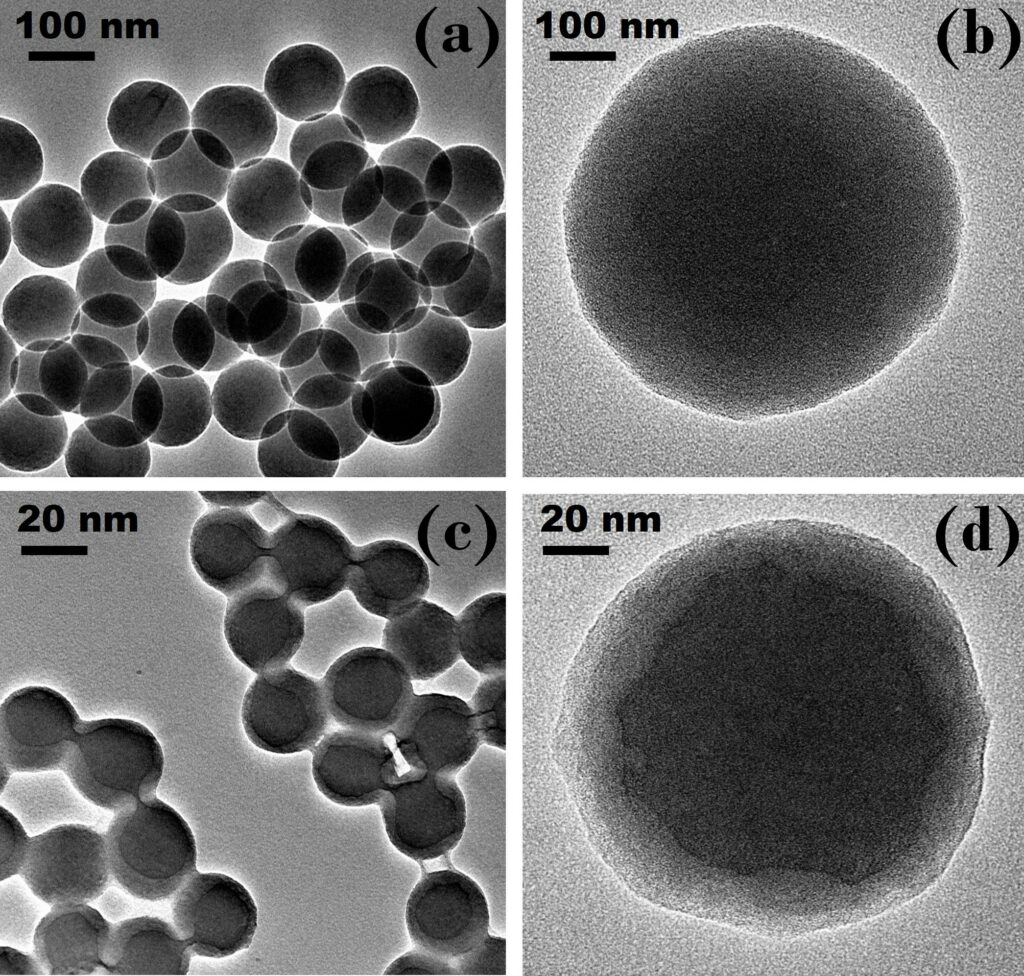Intelligent coatings: creating surfaces that respond to their surroundings
Stimuli-responsive surface coatings are becoming increasingly popular due to their wide range of possible applications. These are materials that can reversibly change their properties, such as thickness, in response to signals from the outside world, such as temperature or light. These seemingly-intelligent materials can be used in a wide variety of applications, including the development of new sensors, drug delivery methods, and environmental restoration.
These responsive materials are prepared by attaching chains of polymer molecules to a particular substrate, close enough to each other that the neighbouring polymer chains can interact. AINSE PGRA scholar Ben Humphreys, in collaboration with researchers from ANSTO, the University of Newcastle, The University of New South Wales and the University of Pennsylvania, has focused on attaching a well-known temperature sensitive polymer, poly(N-isopropylacrylamide), to silica particles.

To gain new insights into the behaviour of this particular material, Ben and his collaborators initially used a standard laboratory technique known as Dynamic Light Scattering to study how the size of the coated silica particles reacted to temperature. To investigate further, and to understand what was happening to the internal polymer coating structure on the nano-scale, Ben used the instrument QUOKKA to perform small angle neutron scattering (SANS) measurements at ANSTO.
The results of Ben’s research found that at lower temperatures, the polymer coating was swollen, and at higher temperatures the nanostructure of the coating collapses, condensing in around the core of the silica particle. This reveals part of the mechanism behind the temperature-responsive nature of the poly(N-isopropylacrylamide) material, which will assist scientists in advancing the use of this material in novel future applications.
To read more about the technical details of Ben’s research, please see page 34 of the 2019 AINSE Annual Report.
Next Student Research Spotlight: Karthik Gopi (A new method for determining seafood provenance)
Previous Student Research Spotlight: Sarah McDonald (How does storm-water runoff affect aquatic organisms?)
